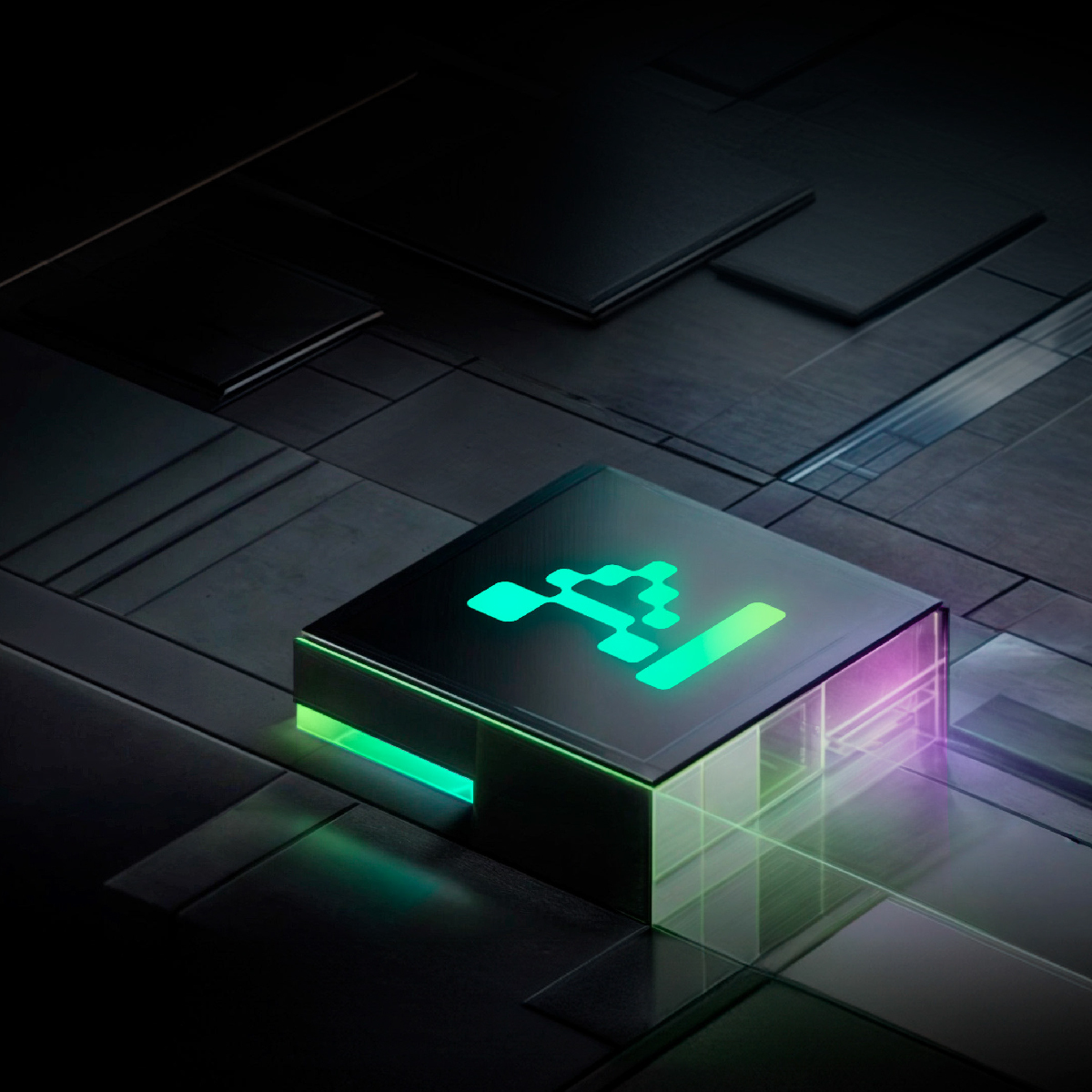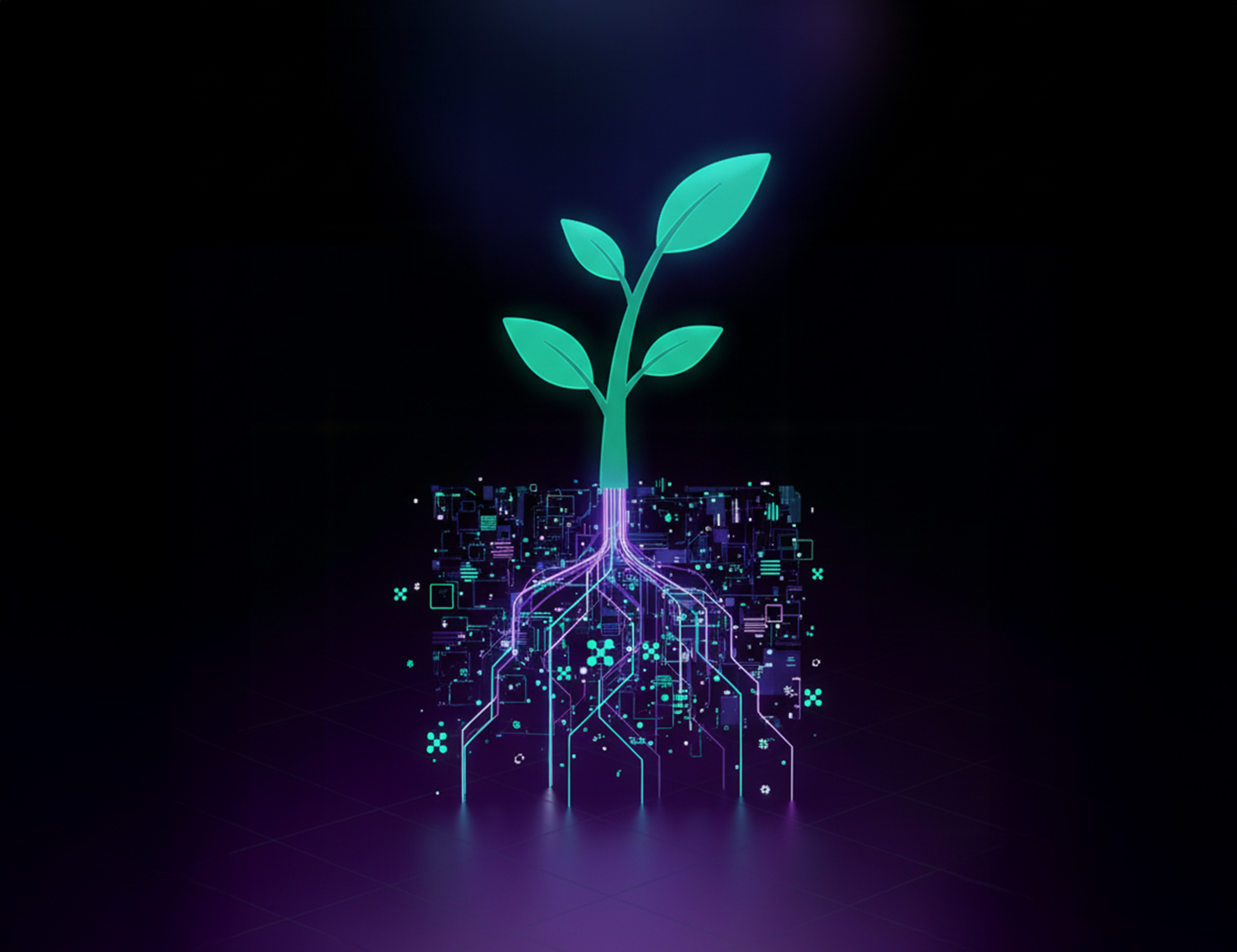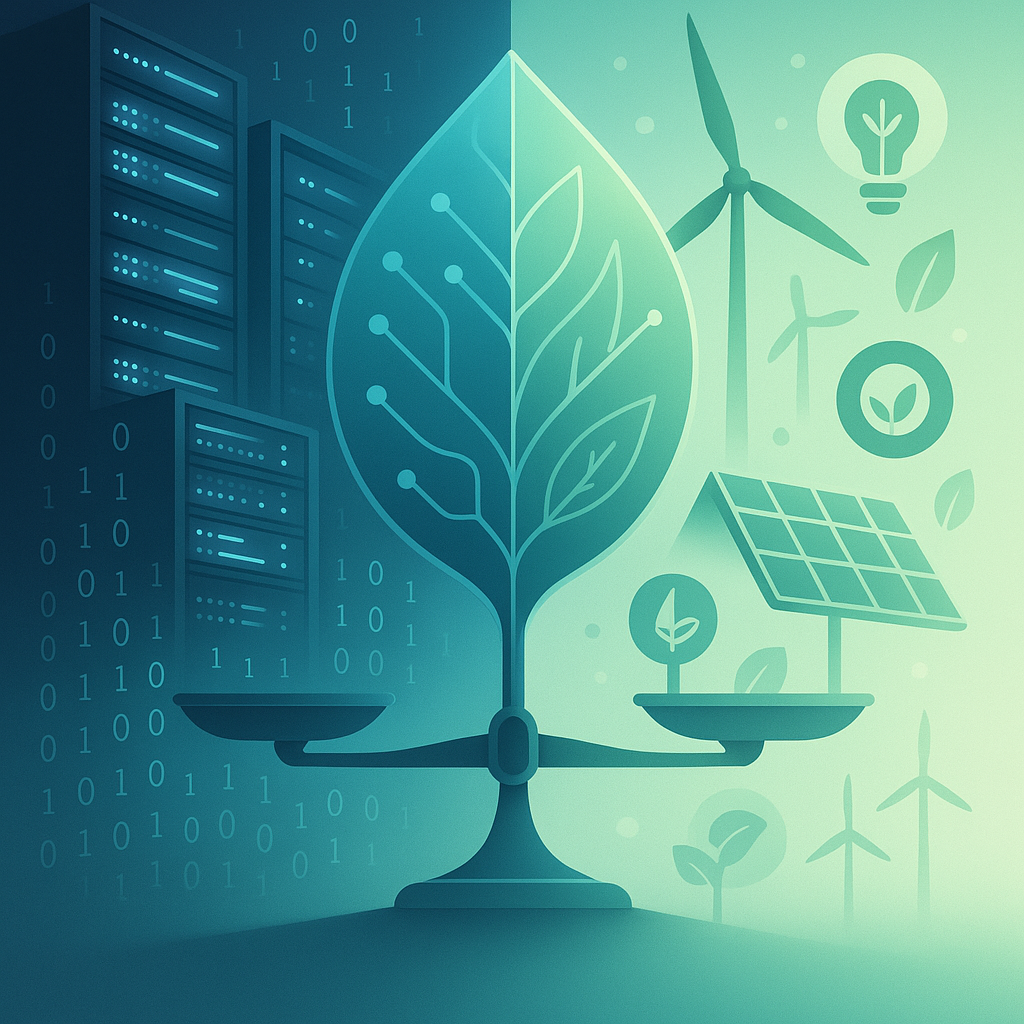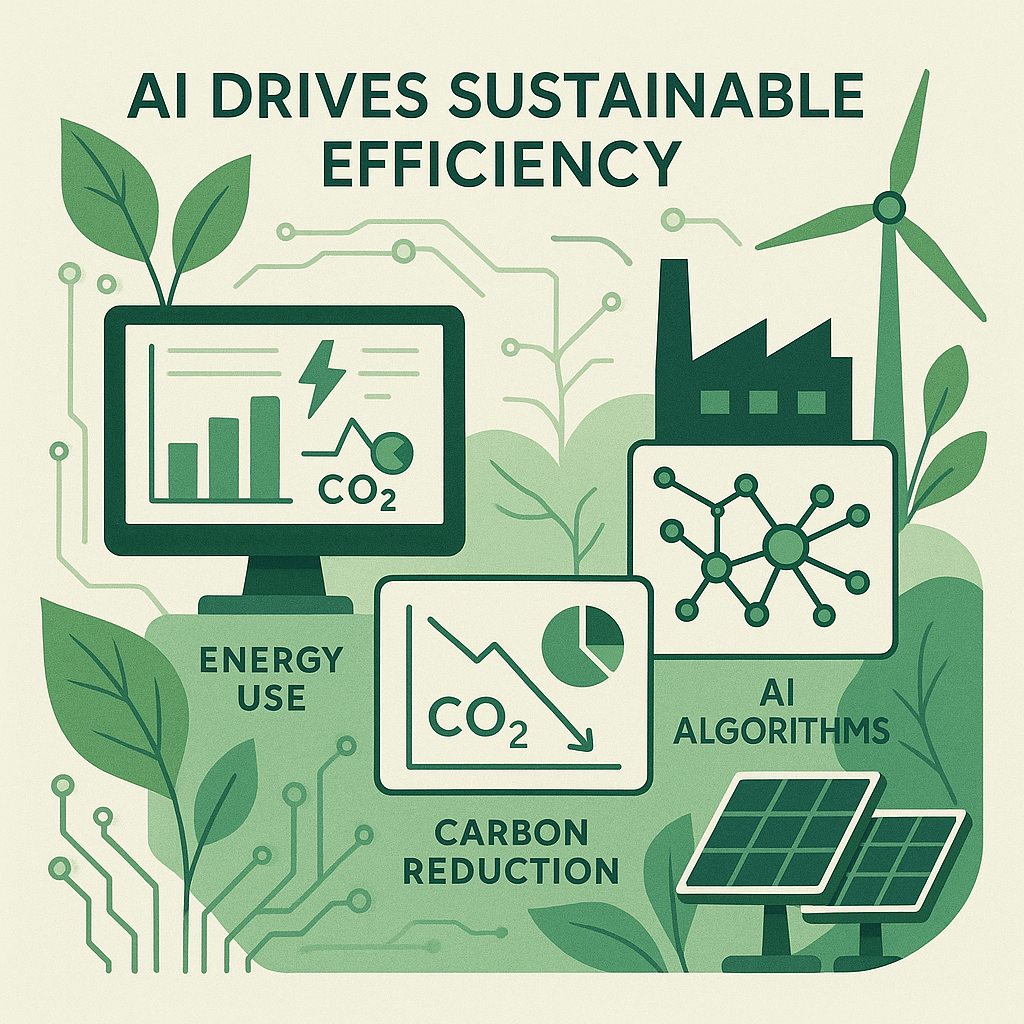Join our newsletter



When conversations about artificial intelligence (AI) and sustainability come up, most headlines highlight the challenges — the energy consumption of data centers, the water used for cooling servers, or the carbon footprint of massive AI models. But that’s only half the story.
The same technology that demands energy is also helping the world use it more intelligently. AI sustainability solutions are proving that innovation and environmental responsibility can coexist. By using data, automation, and real-time insights, businesses across industries are reducing waste, improving efficiency, and accelerating their sustainability goals.
The smartest systems are not just fast — they’re sustainable.
AI’s sustainability paradox is simple: it consumes resources, yet it’s also one of the most powerful tools to manage them.
Training large AI models can consume as much electricity as 100 U.S. homes in a year, according to the MIT Technology Review. However, companies like Google and Microsoft have demonstrated that with AI for energy optimization, data centers can reduce consumption by up to 40%.
The same algorithms that train AI can also be used to optimize themselves — adjusting cooling levels, rerouting power, and predicting server loads. This means the AI systems once criticized for overuse are now actively contributing to efficiency and carbon reduction.
This duality highlights a key insight: the problem isn’t AI itself, but how it’s designed, deployed, and optimized. Responsible AI design — from energy-efficient algorithms to sustainable infrastructure — transforms a potential liability into a driver of environmental progress.
In other words, the future of sustainability won’t happen without AI — but it must be built responsibly.

Across industries, organizations are applying AI sustainability solutions to achieve ambitious ESG targets and reduce operational waste:
AI for carbon footprint reduction: Machine learning models are helping companies predict emissions, optimize logistics, and prevent waste across operations.
AI for energy optimization: Industrial plants are using predictive models to monitor power usage in real time and flatten energy peaks.
AI supply chain analytics: Predictive tools help manufacturers forecast demand more accurately, reducing overproduction and lowering emissions across global logistics networks.
Companies like Schneider Electric and IBM are already using these approaches to balance energy use across factories and optimize global operations. In the retail sector, Patagonia uses AI-driven analytics to forecast demand and minimize surplus production, aligning sustainability with business growth.
And as we explored in How Smart Automations Accelerate Tech Team Velocity, automation doesn’t just speed things up — it helps teams and systems work more efficiently, a core principle of sustainable technology.
At Kenility, we’ve seen firsthand that sustainability and efficiency go hand in hand. When companies embrace AI business transformation, they don’t just automate; they redesign their workflows for smarter, more conscious use of resources.
Using AI dashboards for efficiency, organizations can monitor energy consumption, detect anomalies, and act immediately. Intelligent process automation minimizes waste and improves decision-making, while AI supply chain analytics optimizes procurement and logistics sustainability.
In manufacturing, Siemens is leveraging AI for energy optimization to detect inefficiencies in industrial plants and automatically adjust performance in real time. The result is a 15% reduction in energy waste — a small number that translates into millions saved and tons of CO₂ avoided each year.
Similarly, the insights from Real-Time AI Dashboards: Turn Data Into Revenue Instantly demonstrate how visibility — understanding what happens across every layer of operations — can drive not only profitability but measurable sustainability outcomes.

True sustainability requires more than surface-level optimization, it demands a digital core transformation. By rethinking infrastructure from the ground up, companies can design systems that are both scalable and environmentally conscious.
As highlighted in The Digital Core Revolution: Why Your Tech Infrastructure Needs a Green AI Makeover, modernizing architecture with AI-driven monitoring and automation can drastically reduce energy waste, hardware dependency, and data duplication.
Transitioning from legacy systems to modular, cloud-based AI infrastructure allows businesses to analyze consumption data, optimize workflows, and scale without increasing environmental cost. Building sustainable AI doesn’t mean using less technology, it means using it smarter.
Real-world evidence confirms that sustainability through AI is already happening. Microsoft, AWS, and Google have all committed to carbon-negative operations by leveraging AI to optimize infrastructure and renewable energy use.
In manufacturing, companies applying AI supply chain analytics report up to a 20% reduction in material waste and emissions. Meanwhile, retailers are using predictive analytics dashboards to manage inventory more efficiently and minimize overproduction — one of the largest sustainability challenges in commerce.
AI isn’t just making businesses greener; it’s making them stronger. By building smarter systems, organizations are discovering that efficiency and sustainability are not competing priorities they’re mutually reinforcing goals.
The conversation about AI and the environment is shifting. While the technology does consume energy, AI sustainability solutions prove that innovation, when used responsibly, can become a powerful ally in protecting the planet.
From AI for energy optimization to AI business transformation, the path toward sustainability isn’t about doing less, it’s about doing better.
We help organizations design intelligent, efficient, and responsible AI systems that drive results while minimizing environmental impact. Because smarter systems build a smarter and more sustainable future.